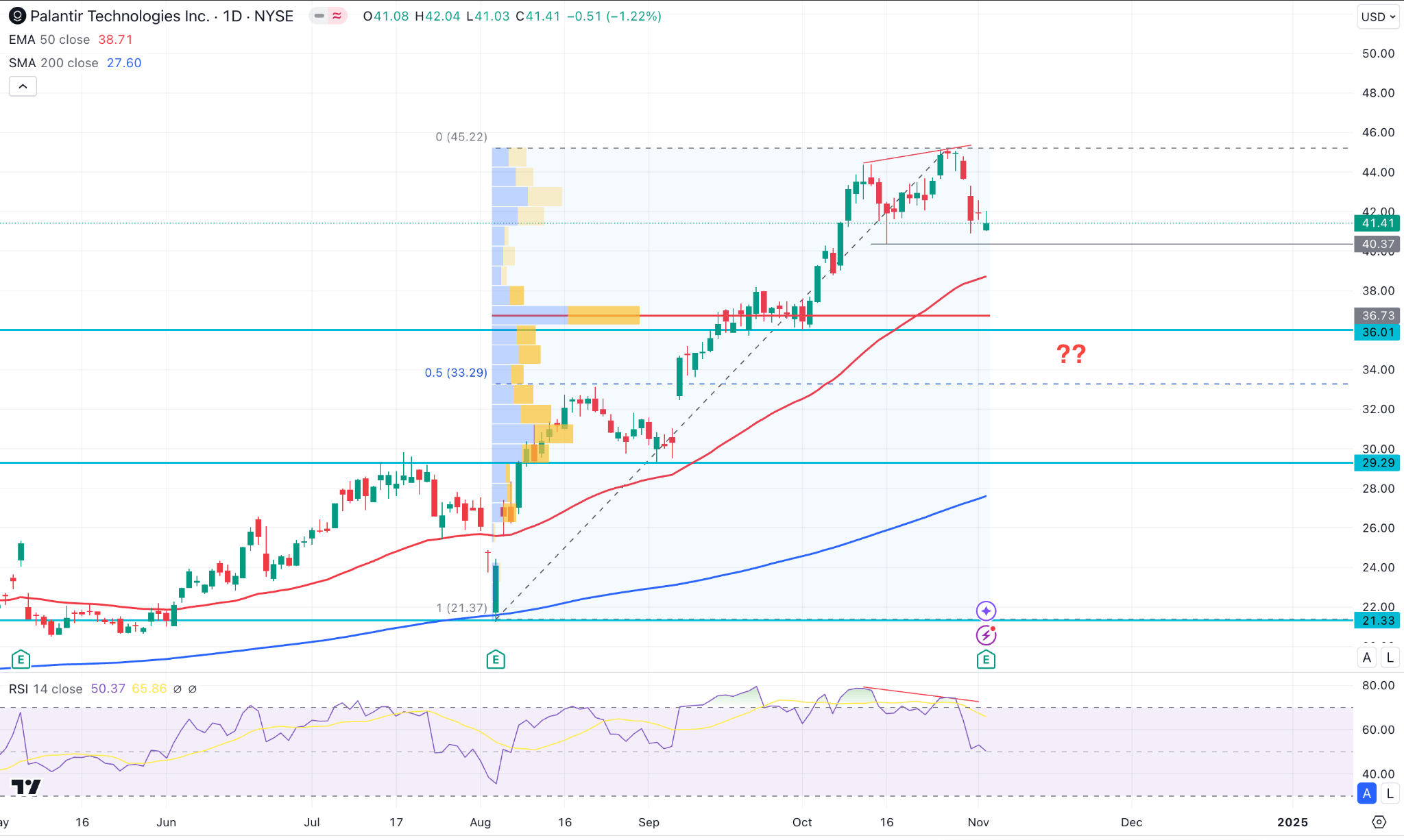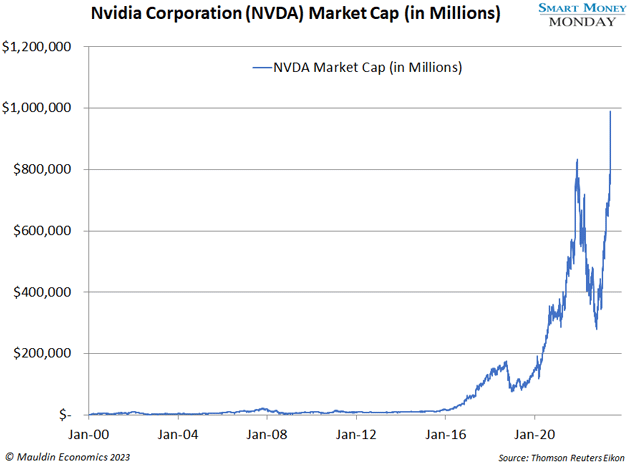More Than BMW And Porsche: Analyzing Western Automakers' Struggles In China

Table of Contents
Intense Domestic Competition
The rise of powerful domestic Chinese car brands is a major factor impacting Western automakers. Companies like Geely, BYD, and Great Wall Motors are not only competitive but are rapidly innovating and gaining significant market share. This intense domestic competition in China presents a formidable challenge.
- Aggressive Pricing Strategies: Chinese brands often undercut Western offerings with aggressively competitive pricing, making them more appealing to price-sensitive consumers.
- Rapid Technological Advancements: Chinese automakers are rapidly advancing their technology, particularly in the electric vehicle (EV) sector, offering features and performance that rival, and sometimes surpass, their Western counterparts.
- Growing Brand Loyalty: A significant portion of Chinese consumers exhibit a strong preference for domestically produced vehicles, fostering brand loyalty and bolstering the success of Chinese automotive brands.
- Effective Marketing: Chinese brands utilize highly effective marketing strategies tailored to the unique preferences and cultural nuances of the Chinese market, creating strong brand resonance.
Understanding Unique Consumer Preferences
A critical factor contributing to the struggles of Western automakers is a failure to fully understand the diverse and nuanced preferences of Chinese consumers. This extends beyond simple demographics; it requires a deep understanding of generational differences and regional variations in taste and buying habits. Ignoring these subtleties leads to misaligned marketing and product strategies.
- Feature Preferences: Chinese consumers often prioritize specific features, such as advanced technological integrations, large infotainment screens, and luxurious interiors, which may not always align with Western design philosophies.
- Brand Image and Social Status: Brand perception and the social status associated with owning a particular vehicle are significant factors influencing purchasing decisions in China.
- Digital Influence: Online reviews, social media commentary, and key opinion leaders (KOLs) wield considerable influence on consumer choices. Western brands must actively engage in this digital ecosystem.
- EV Adoption: The Chinese market shows a strong preference for electric and hybrid vehicles, highlighting the importance of investing in and adapting to this rapidly growing segment.
Navigating Regulatory Hurdles and Infrastructure
Navigating the regulatory landscape in China presents another significant obstacle for Western automakers. Complex regulations, import tariffs, and ever-evolving government policies create a constantly shifting environment. Furthermore, the development of a robust charging infrastructure for EVs is crucial but presents challenges.
- High Import Tariffs: High import tariffs significantly inflate the cost of Western vehicles, making them less competitive against domestically produced alternatives.
- Stringent Regulations: Stringent emission standards and safety regulations require substantial investment in compliance and adaptation.
- Bureaucratic Processes: Navigating complex bureaucratic procedures and licensing requirements can be time-consuming and resource-intensive.
- Charging Infrastructure: The uneven distribution of charging stations across different regions in China poses a real challenge for the adoption of electric vehicles.
Adapting to the Digital Landscape
China's highly sophisticated digital landscape demands a completely different approach to marketing and sales. E-commerce plays a dominant role in car sales, and a robust online presence is not just beneficial, it's essential for success.
- E-commerce Dominance: Major e-commerce platforms are central to car purchasing and research in China. Western automakers must actively participate in these platforms.
- Social Media Marketing: Social media platforms like WeChat and Weibo are paramount for effective marketing. Localized campaigns are vital for connecting with Chinese consumers.
- Online Customer Service: Providing efficient and responsive online customer service is crucial for building trust and brand loyalty in the digital age.
- Localized Digital Strategies: A "one-size-fits-all" digital marketing approach is ineffective. Western automakers must tailor their online strategies to the specific nuances of the Chinese digital ecosystem.
Conclusion
Western automakers face a multi-pronged challenge in the Chinese automotive market. Intense domestic competition, diverse consumer preferences, regulatory complexities, and the unique digital landscape all contribute to the difficulties they encounter. Success in this market hinges on a profound understanding of the Chinese consumer, a willingness to adapt strategies to local conditions, and a commitment to navigating the intricacies of the regulatory and digital environments.
Call to Action: Successfully penetrating the Chinese automotive market demands a comprehensive understanding of the unique challenges and opportunities it presents. Further research into these factors, coupled with a strategic, localized approach, is vital for Western automakers seeking to thrive in the world's largest and most dynamic automotive market. Begin your exploration of the Chinese automotive market today and gain a competitive edge.

Featured Posts
-
 Survivors Of The Nottingham Attacks A Recounting Of The Events
May 09, 2025
Survivors Of The Nottingham Attacks A Recounting Of The Events
May 09, 2025 -
 Should You Buy Palantir Stock In 2024
May 09, 2025
Should You Buy Palantir Stock In 2024
May 09, 2025 -
 Jeanine Pirros Past Did A Drunk Episode Jeopardize Her Dc Attorney Appointment
May 09, 2025
Jeanine Pirros Past Did A Drunk Episode Jeopardize Her Dc Attorney Appointment
May 09, 2025 -
 Palantirs Path To A Trillion Dollar Market Cap A 2030 Forecast
May 09, 2025
Palantirs Path To A Trillion Dollar Market Cap A 2030 Forecast
May 09, 2025 -
 Mariah The Scientist And Young Thug A New Song Snippet Hints At Commitment
May 09, 2025
Mariah The Scientist And Young Thug A New Song Snippet Hints At Commitment
May 09, 2025
Latest Posts
-
 Jessica Simpsons Painful Divorce A Public Confession
May 12, 2025
Jessica Simpsons Painful Divorce A Public Confession
May 12, 2025 -
 The End Of An Era Jessica Simpsons Reflections On Marriage And Loss
May 12, 2025
The End Of An Era Jessica Simpsons Reflections On Marriage And Loss
May 12, 2025 -
 Jessica Simpson And Eric Johnson A Public Appearance Following Separation Announcement
May 12, 2025
Jessica Simpson And Eric Johnson A Public Appearance Following Separation Announcement
May 12, 2025 -
 The Comeback Jessica Simpson Performs After A 15 Year Break
May 12, 2025
The Comeback Jessica Simpson Performs After A 15 Year Break
May 12, 2025 -
 Are Jessica Simpson And Eric Johnson Back Together New Sighting Sparks Debate
May 12, 2025
Are Jessica Simpson And Eric Johnson Back Together New Sighting Sparks Debate
May 12, 2025
